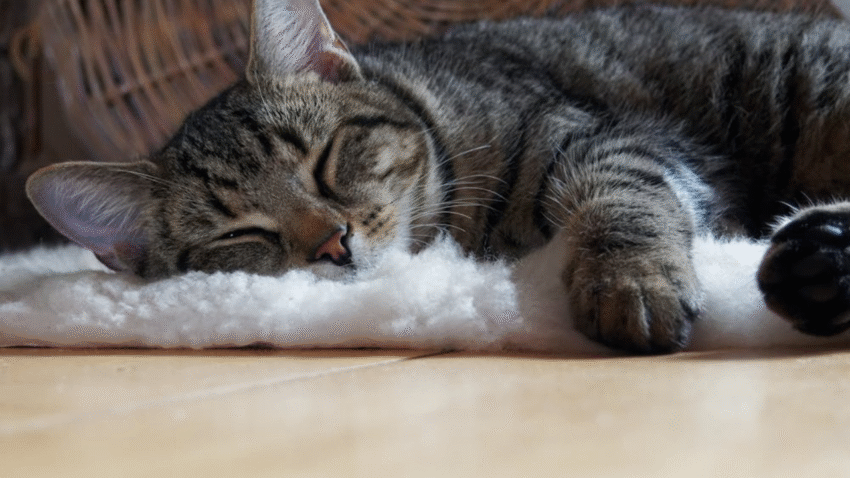Introduction
Just installed a cat door but your cat refuses to use it? Don’t worry—you’re not alone. Training your cat to use a cat door can take some time, but with a little patience and encouragement, your feline will be confidently coming and going on their own. In this step-by-step guide, you’ll learn how to train your cat to use a cat door safely and stress-free.
Why Training Your Cat to Use a Cat Door Matters
A cat door offers your cat more independence while reducing your need to open doors constantly. It’s especially useful for:
- Indoor/outdoor cats who like to explore outside
- Multi-pet homes, so cats can access food or litter in private
- Enrichment and exercise, encouraging movement and curiosity
But without proper training, your cat might be afraid of the flap or confused about how it works. Teaching them how to use the door avoids damage to your home and frustration for both of you.
Step-by-Step Guide to Training Your Cat to Use a Cat Door
Step 1: Choose the Right Cat Door
- Make sure the cat door is appropriate for your cat’s size.
- Look for features like quiet operation, transparent flaps, or locking mechanisms to control access.
- For timid cats, a clear flap may be easier to learn with than an opaque one.
Step 2: Install at the Right Height
- The cat door should be installed at the same height as your cat’s belly to make it easy to step through.
- Check for a secure, draft-free installation to avoid discomfort or fear.
Step 3: Familiarize Your Cat with the Door
- Keep the flap open at first using tape or a clothespin so your cat can see through to the other side.
- Let them investigate both sides freely. Sprinkle treats near the doorway and allow them to sniff and explore without pressure.
Step 4: Use Positive Reinforcement
- Hold treats, toys, or your cat’s favorite item on the other side of the open flap to encourage them to step through.
- Once they go through with the flap held open, offer lots of praise or a small food reward.
Step 5: Practice With a Half-Closed Flap
- Gently lower the flap halfway and encourage your cat to nudge it with their nose or paw.
- You can assist by lifting the flap slightly as they approach to show how it moves.
- Each time they succeed, reward them with treats and calm encouragement.
Step 6: Train With the Flap Fully Closed
- Once your cat is comfortable pushing through a partially closed flap, it’s time to try it fully closed.
- Use treats or toys to encourage pushing through the flap.
- If your cat gets startled or stuck, take a break and try again later. Stay calm and reassuring throughout the process.
Step 7: Add the Door to Their Routine
- Leave the flap down during times your cat is likely to want access (e.g., mealtimes, litter box visits, or play sessions).
- Incorporate it into daily use by placing food or toys on the opposite side regularly.
Common Mistakes to Avoid
1. Forcing Your Cat Through
Never push your cat through the cat door. This creates fear and mistrust, making them avoid it in the future.
2. Skipping the Step-by-Step Process
Trying to rush your cat into using a closed flap without gradual exposure can overwhelm or frighten them.
3. Using Loud or Stiff Doors
If the flap slams shut or makes loud noises, it may startle your cat. Choose a quiet, smooth-swinging door or dampen the sound with soft pads or tape.
4. Not Rewarding Progress
Every successful step should be rewarded. Skipping praise or treats can reduce motivation to learn.
5. Inconsistent Use
Leave the cat door available consistently once training starts. Opening the regular door instead will make them rely on you rather than the flap.
Extra Tips & Recommendations
Tip 1: Use Scent to Encourage Comfort
Rub a blanket or toy your cat frequently uses around the cat door to make it smell familiar and less threatening.
Tip 2: Practice Both Directions
Some cats will learn to go out but not back in (or vice versa). Be sure to train from both sides with the same patience and rewards.
Tip 3: Use Clicker Training
If your cat is already clicker-trained, use it during this process. Click and reward as your cat approaches the door, touches the flap, and eventually goes through.
Conclusion
Training your cat to use a cat door takes patience, but the payoff is worth it. With positive reinforcement, a gradual approach, and plenty of praise, your cat will learn to use the door with confidence. Once mastered, the cat door becomes a gateway to independence and convenience for both of you.
